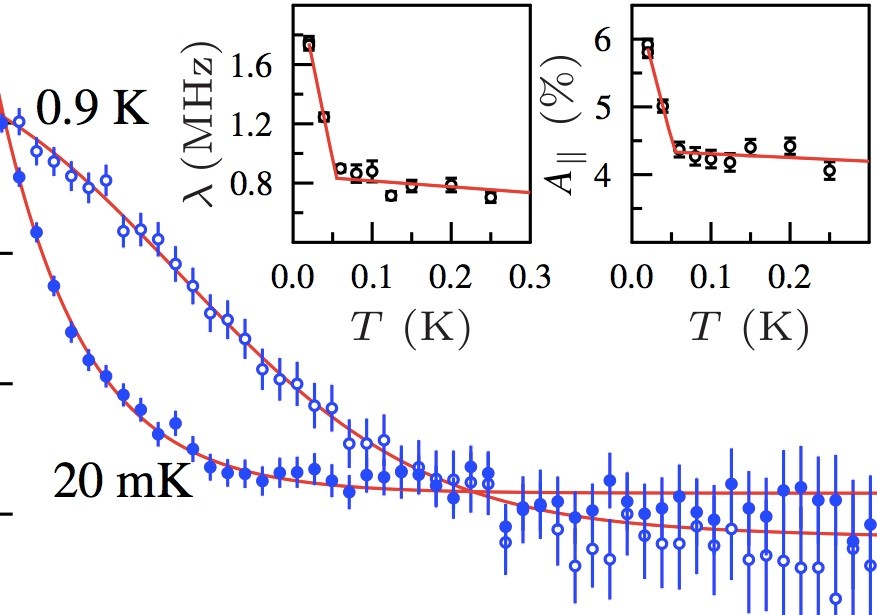Controlling Magnetic Order and Quantum Disorder in Molecule-Based Magnets
We investigate the structural and magnetic properties of two molecule-based magnets synthesized from the same starting components. Their different structural motifs promote contrasting exchange pathways and consequently lead to markedly different magnetic ground states. Through examination of their structural and magnetic properties we show that [Cu(pyz)(H2O)(gly)2](ClO4)2 may be considered a quasi-one- dimensional quantum Heisenberg antiferromagnet whereas the related compound [Cu(pyz)(gly)](ClO4), which is formed from dimers of antiferromagnetically interacting Cu2+ spins, remains disordered down to at least 0.03 K in zero field but shows a field-temperature phase diagram reminiscent of that seen in materials showing a Bose-Einstein condensation of magnons.
